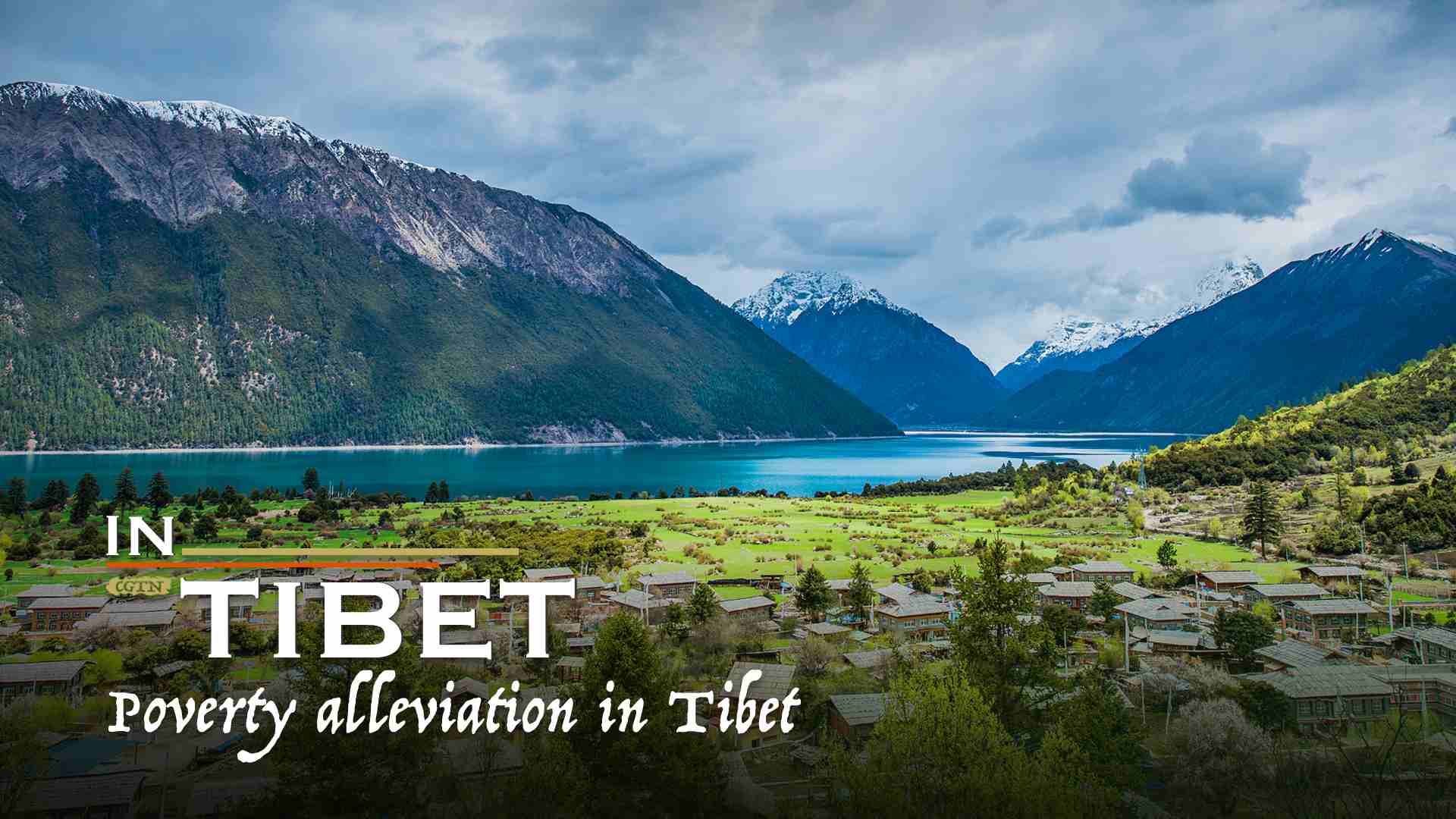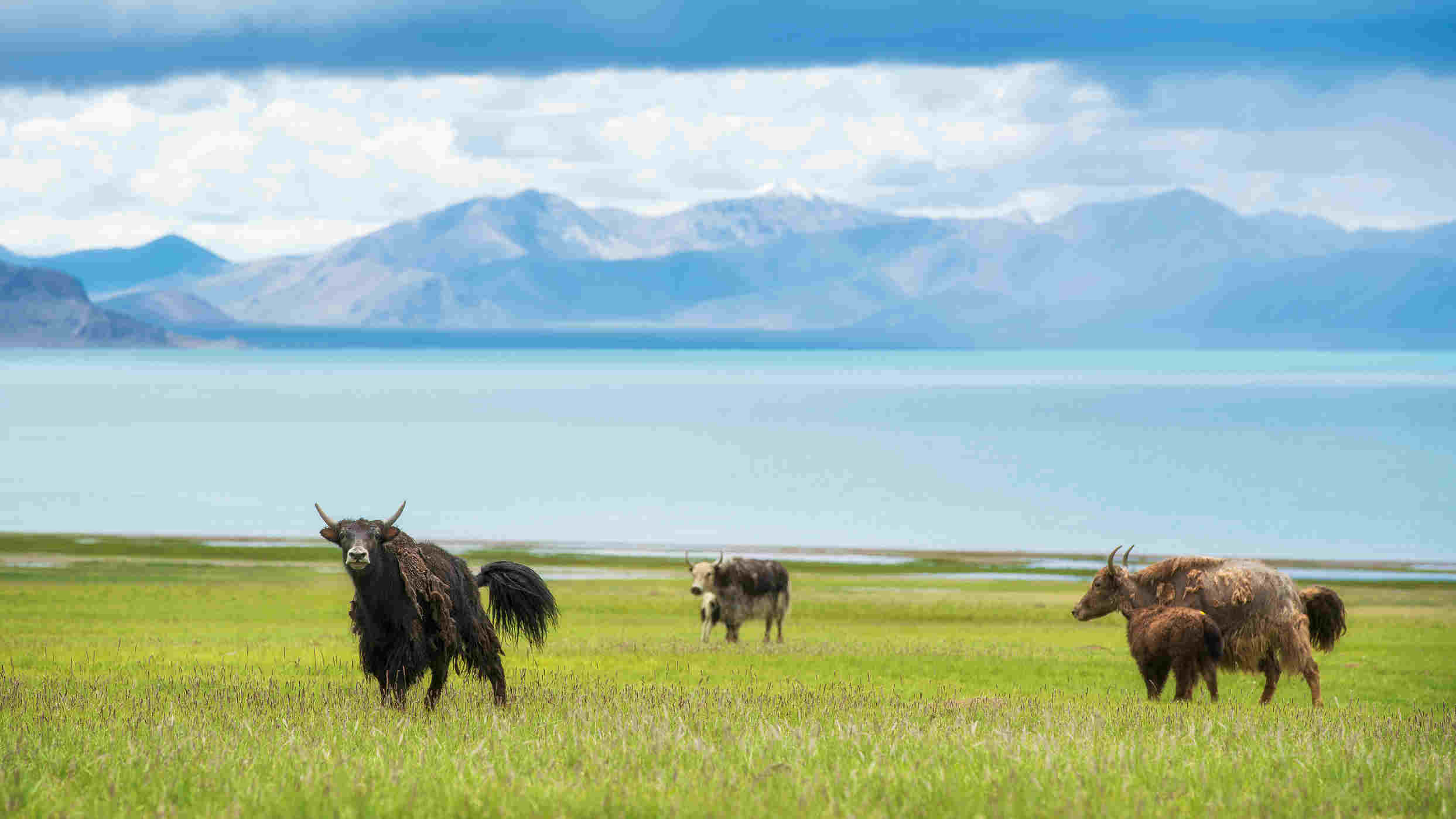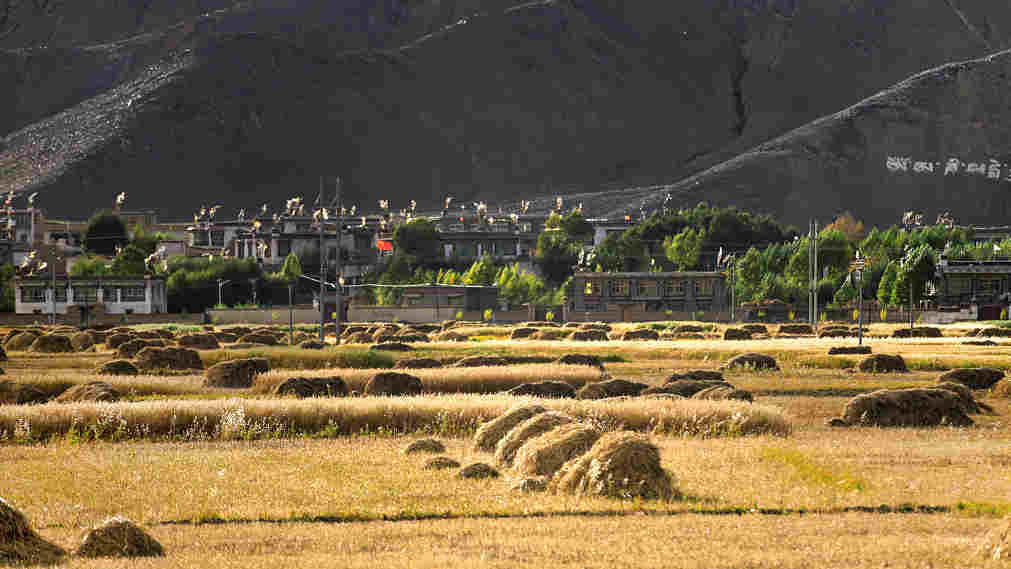
Economy
13:46, 27-Mar-2019
In Tibet: Alleviating poverty by developing local industry
Huo Li
01:43

2019 marks the 60th anniversary of the democratic reform in Tibet. In that time, the autonomous region has drastically reduced poverty. Apart from benefiting from favorable policies issued by the central government, the autonomous region identified its competitive advantages and has taken the path towards sustainable development.
Tibet before 1959 was a feudal serf society. The serfs had no freedom, no land, and were often hungry. The democratic reform abolished serfdom and enabled millions of serfs to master their own life.
The impoverished population in the region dropped from 590,000 in 2015 to 150,000 in 2018. The net annual income of rural residents has reached 10,330 yuan (1,540 U.S. dollars) per person by 2017, a 13.6-percent increase year-on-year. The region's GDP more than doubled in six years to 131 billion yuan (19.5 billion U.S. dollars) in 2017, according to China's National Bureau of Statistics.
A weak economic foundation and adverse natural environment on the "roof of the world" made poverty alleviation particularly challenging. The autonomous region has identified and developed seven advantageous industries over the years, led by tourism, plateau agriculture and clean energy. These industries combined created an added value of 77 billion yuan (11.5 billion U.S. dollars) in 2018, according to the regional government.

Ali prefecture in the Tibet Autonomous Region. /VCG Photo
Ali prefecture in the Tibet Autonomous Region. /VCG Photo
Promotion of the "Winter Tour to Tibet" has achieved remarkable results. Some 33 million tourists contributed 49 billion yuan (7.3 billion U.S. dollars) to the regional economy in 2018, an increase of 29.2 percent from the previous year, data from the regional government's annual work report shows.
The live show “Princess Wencheng” which incorporated Tang-Dynasty and Tibetan dance along with other artistic performances has generated 770 million yuan since taken stage in 2013. The show also boosted the income of local farmers and herdsmen. In 2018 alone, the total wage of more than 30 million yuan (4.4 million U.S. dollars) was distributed to farmers and herdsmen who have worked on the show, according to the producing company of the show.
Highland barley farming and yak rising also achieved remarkable success. In 2018, 814,000 tonnes of highland barley was produced. The online retail sales of agricultural products in the pastoral area reached 70 million yuan (10.5 million U.S. dollars) the same year.

Highland barley harvest in Shigatse prefecture, Tibet. /VCG Photo
Highland barley harvest in Shigatse prefecture, Tibet. /VCG Photo
The clean energy industry makes up for another advantageous industry in Tibet. The region signed distribution agreements with 14 provinces and cities in 2018. The annual distribution of electricity reached 870 million kilowatt hours.
Developing advantageous industries is a sustainable way to improve the living standard of Tibetan farmers and herdsmen and to help the region to reach long-term prosperity. China is expected to lift all of its citizens out of poverty by 2020. Tibet Autonomous Region vows to eradicate absolute poverty in 2019.
(Video by Zhao Yuxiang)

SITEMAP
Copyright © 2018 CGTN. Beijing ICP prepared NO.16065310-3
Copyright © 2018 CGTN. Beijing ICP prepared NO.16065310-3